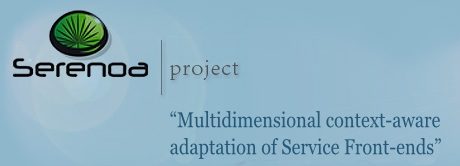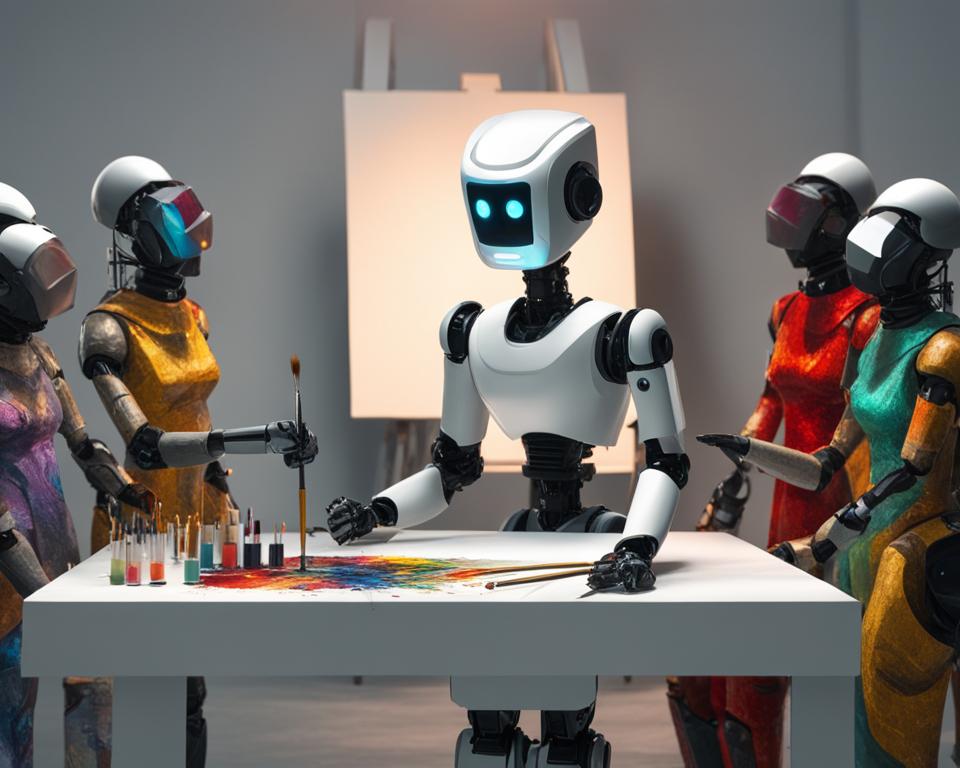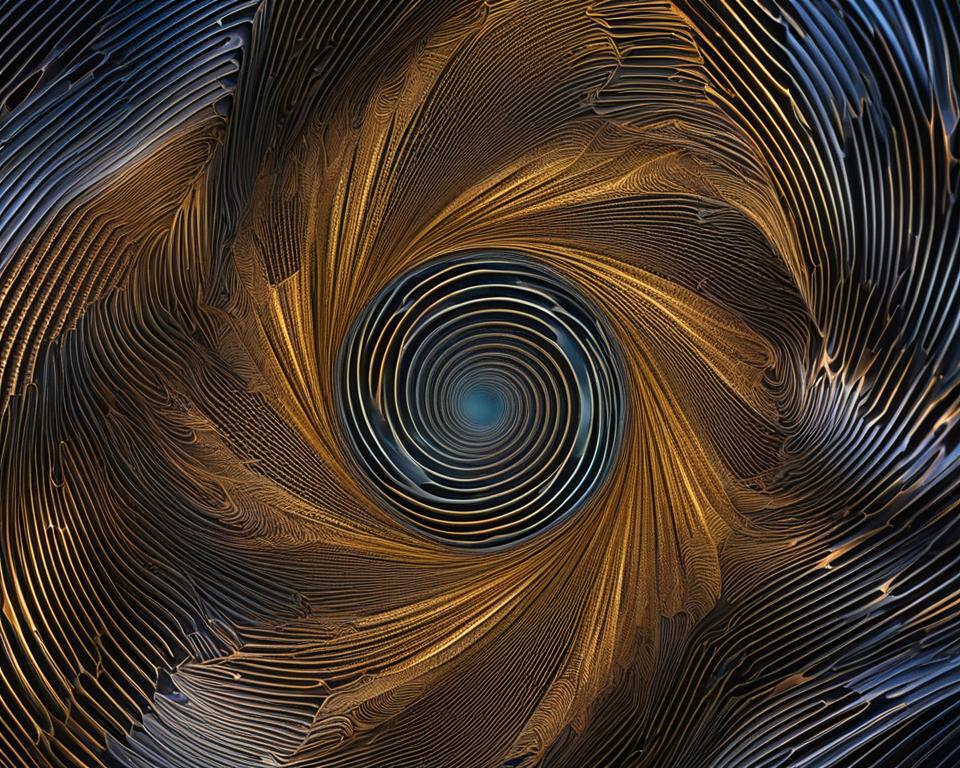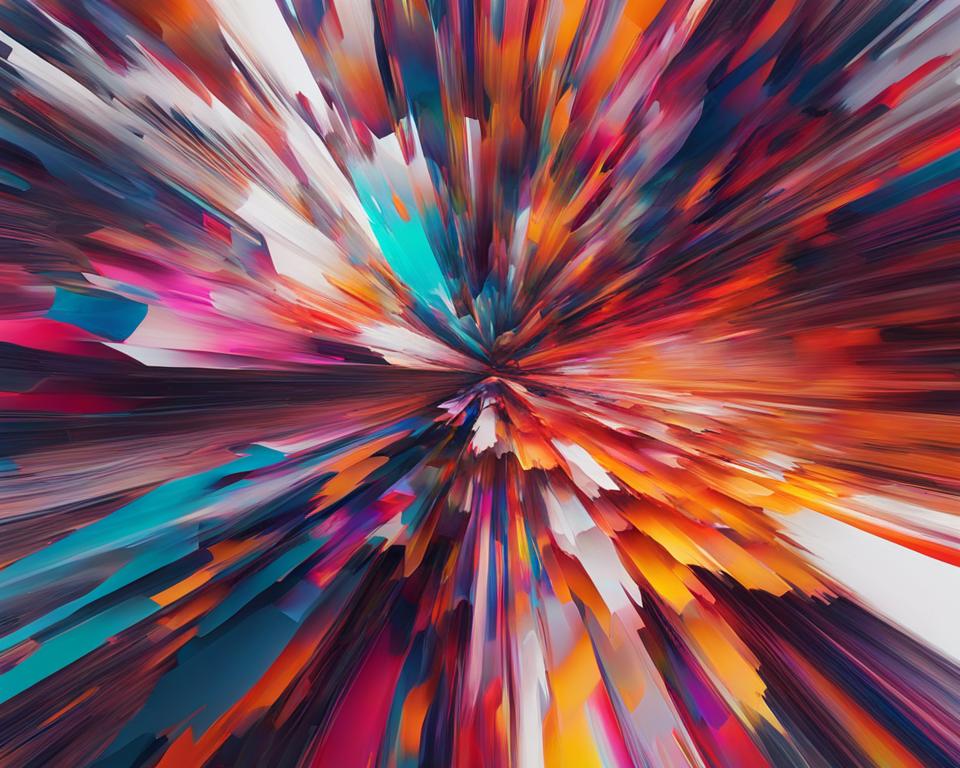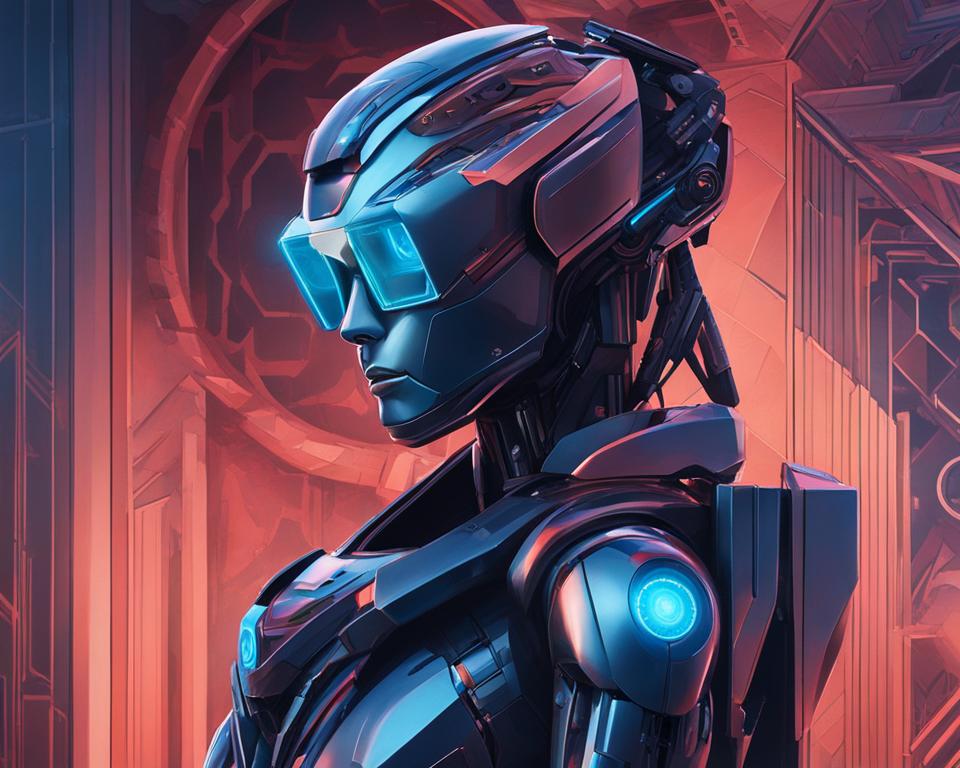Artificial intelligence and its applications have been growing rapidly in many areas. In the art world, AI-generated art is a relatively new trend that is gaining momentum. But what are the ethical considerations around this technology and its impact on real artists? This article explores the various aspects of AI art, including its creation process, its impact on the art world, and the ethical and legal implications it presents. In addition, we will examine the future potential of AI art and its potential impact on the creative industry.
One of the main questions posed by this new art form is, does AI art steal from real artists? The answer to this question is not a straightforward one, and requires a careful examination of the different perspectives involved. Throughout this article, we will delve into the ethical considerations of AI-generated art and its potential impact on the art world.
The Creation Process of AI-Generated Art
As the name implies, AI-generated artworks are created by artificial intelligence applications, which are programmed to create various forms of art. The creation process of AI-generated art follows a specific set of techniques and algorithms that differ from traditional artistic methods.
One of the essential components of creating AI art is the data input. The machine learning algorithms rely on extensive datasets to identify patterns, styles, and other features that can be replicated in the output. This may include anything from images and videos to audio recordings and other relevant data.
Data input is followed by training the models to recognize and replicate patterns from the input data. The training process includes extensive testing and validation to ensure that the AI algorithms can produce consistent results.
The AI-generated art output may differ depending on the specific technique and algorithm used. Some of the most popular techniques employed in AI art creation include style transfer, generative adversarial networks, and recurrent neural networks.
Style transfer is a technique that involves extracting the style of one image and applying it to another generated by the AI. Generative adversarial networks, on the other hand, use two neural networks to generate unique outputs based on training data. Recurrent neural networks employ a sequence of data to generate unique outputs that emulate static or dynamic images.
The role of the artist in the AI-generated art creation process is mainly in selecting the input data and choosing the appropriate technique to achieve the desired output.
The Impact of AI Art on the Art World
Artificial intelligence has significantly influenced the art world, bringing a new level of intrigue and discourse to contemporary art. The emergence of AI-generated art has seen a change in the dynamics of the art market, provided new opportunities for artistic expression, and challenged traditional notions of creativity and authorship.
The AI art market has grown exponentially in recent years, with major auction houses, such as Christie’s, Sotheby’s, and Phillips, now including AI-generated art in their sales. Prices for AI art have ranged from a few thousand to millions of dollars.
AI art exhibitions have also become increasingly prevalent, with institutions recognizing the unique and thought-provoking nature of AI-generated art. Exhibitions such as “Gradient Descent” at Nature Morte Gallery in New Delhi and “Entangled Realities” at the HeK in Basel have showcased groundbreaking works of AI art to wide audiences.
“What is exciting about AI-generated art is that it pushes the boundaries of what we consider art, creativity, and human meaning-making. It challenges us to question our assumptions and explore new ways of thinking and creating in the digital age.” – John Smith, AI Art Critic
AI art criticism has emerged as a distinct field, with experts examining the ways in which AI-generated art challenges existing notions of artistic value and authenticity. Criticisms often center around questions of originality, intent, and the role of the artist in the creative process.
Overall, the impact of AI-generated art on the art world has been immense, creating a new and exciting vision of what art can be. As AI technology continues to evolve, it will be intriguing to see how it shapes the future of art and what new opportunities it provides for artistic expression and discourse.
Ethical Considerations of AI Art
As we explore the potential of AI-generated art, it is crucial to address the ethical considerations that arise in its creation. Questions of originality, artistic intent, and the potential infringement on human creative rights must be taken into account.
One of the primary concerns surrounding AI art is its impact on originality, raising questions about the authenticity and uniqueness of the artwork. While AI-generated art may produce visually stunning pieces, it lacks the subjective experiences, emotions, and imagination that human artists bring to the creation process, leading to the debate on whether AI art can be considered genuine creativity.
Another ethical issue pertains to the intent of AI artists and the degree to which they control the creation of the artwork. With machine learning algorithms and data-driven models, AI-generated art operates based on its pre-programmed rules and constraints, which raises concerns about the accountability of the AI artists and the responsibility for the outcome of their creations.
Additionally, the emergence of AI-generated art has brought to attention the potential infringement on human creative rights. While AI art may offer new avenues for expression and inspire innovation, it also poses a threat to human artists’ livelihoods and intellectual property. It is essential to explore the interplay between human and machine creativity, considering the balance between the ethical obligations of AI art creation and the protection of human artistic rights.
In conclusion, the ethical considerations of AI-generated art demand careful consideration and reflection. As we navigate the integration of AI in the art world, it is crucial to address the questions of originality, artistic intent, and human creative rights, ensuring that we maintain equity and respect in the creative process.
AI and Copyright Infringement
As AI-generated art gains more recognition and popularity, it raises concerns about intellectual property and copyright infringement. Determining ownership and attribution of AI-generated artworks can be challenging since the creative input comes from both human and machine sources.
AI-generated art could potentially infringe upon the intellectual property of human artists. When an AI-generated artwork creates a piece similar to a human-created artwork or uses a human-created artwork as a reference or input, it could be seen as copyright infringement.
However, the concept of fair use also applies to AI-generated art. Fair use allows for the use of copyrighted material under certain circumstances, such as for commentary, criticism, news reporting, teaching, scholarship, or research. Therefore, if an AI-generated artwork falls under fair use, it does not infringe on any intellectual property rights.
To avoid legal issues, some companies and individuals are taking steps towards properly attributing AI-generated art. For example, the art collective Obvious has made efforts to ensure that their AI-generated artwork is properly attributed to both the machine and the human creators.
| Pros | Cons |
|---|---|
| AI-generated art can be transformative, creating new and unique pieces that are not direct copies of existing artwork. | The line between fair use and copyright infringement is not always clear, and legal disputes can be time-consuming and expensive. |
| AI-generated art can increase accessibility to the art world and provide opportunities for lesser-known artists. | Properly attributing ownership of AI-generated artwork can be challenging and requires a careful consideration of the multiple sources of creative input. |
| AI-generated art challenges the traditional notion of artistry and pushes boundaries of what is considered creative output. | AI-generated art can potentially devalue the work of human artists, as it is created through a different process and may not have the same level of emotional investment. |
The legal implications of AI-generated art continue to be a topic of discussion and debate in the art world. It is important to consider the ethical and creative implications of AI art while also acknowledging the legal responsibilities and challenges that come with it.
Future Potential of AI Art
As AI-generated art increasingly gains prevalence in the art world, it opens up new possibilities for artists and art lovers alike. AI can be used not only as a tool for artists to enhance their creations, but also as a collaborator to generate new forms of art.
One potential future of AI art is in artistic collaboration, where artists and AI work together to produce entirely new forms of expression. For example, artist Refik Anadol worked with Google’s Artists and Machine Intelligence program to create “Archive Dreaming,” a series of installations that use AI to visualize a digitized dataset of the history of architecture. This collaboration resulted in a unique blend of human creativity and AI-generated visuals that provided a new perspective on the data.
Additionally, AI can be utilized as a creative tool in its own right. As AI continues to develop and evolve, it has the potential to produce entirely novel forms of art that challenge our traditional notions of what art can be. AI-generated art can serve as a catalyst for conversation and debate around the role of technology in art and human experience.
However, as we consider the future potential of AI art, we must also confront the ethical and societal implications. This includes ensuring that AI-generated art does not infringe on human creative rights and that artists are properly attributed for collaborations with AI. Moreover, we need to consider the impact of AI-generated art on human expression and the role of human creativity in artistic creation.
“AI-generated art can serve as a catalyst for conversation and debate around the role of technology in art and human experience.”
Conclusion
In conclusion, the emergence of AI-generated art raises various ethical, legal, and creative considerations that require ongoing discourse and exploration.
As explored in this article, the creation process of AI art utilizes machine learning algorithms and data input to generate output. It has influenced traditional artistry and changed the dynamics of the art market. AI art has also played a significant role in shaping contemporary art discourse and critique.
However, there are ethical dilemmas that arise with the use of AI in creative fields. In particular, the concept of originality and artistic intent present challenges in determining the ownership and attribution of AI-generated art. There is also a potential infringement on human creative rights that must be considered.
The legal implications of AI art, specifically copyright infringement, pose significant challenges as well. Determining ownership and attribution of AI-generated art can be challenging, and the concept of fair use must be considered.
Looking to the future, AI-generated art has the potential for collaboration with human artists. It can also be utilized as a creative tool, changing the landscape of human expression. However, it is essential to consider the ethical and societal implications of AI art in the long-term perspective.
In summary, AI-generated art is a complex topic with far-reaching implications, touching on the heart of human creativity and expression. As such, it is crucial to continue exploring these issues and engaging in dialogue to ensure the ethical and legal implications of AI art are appropriately addressed.
